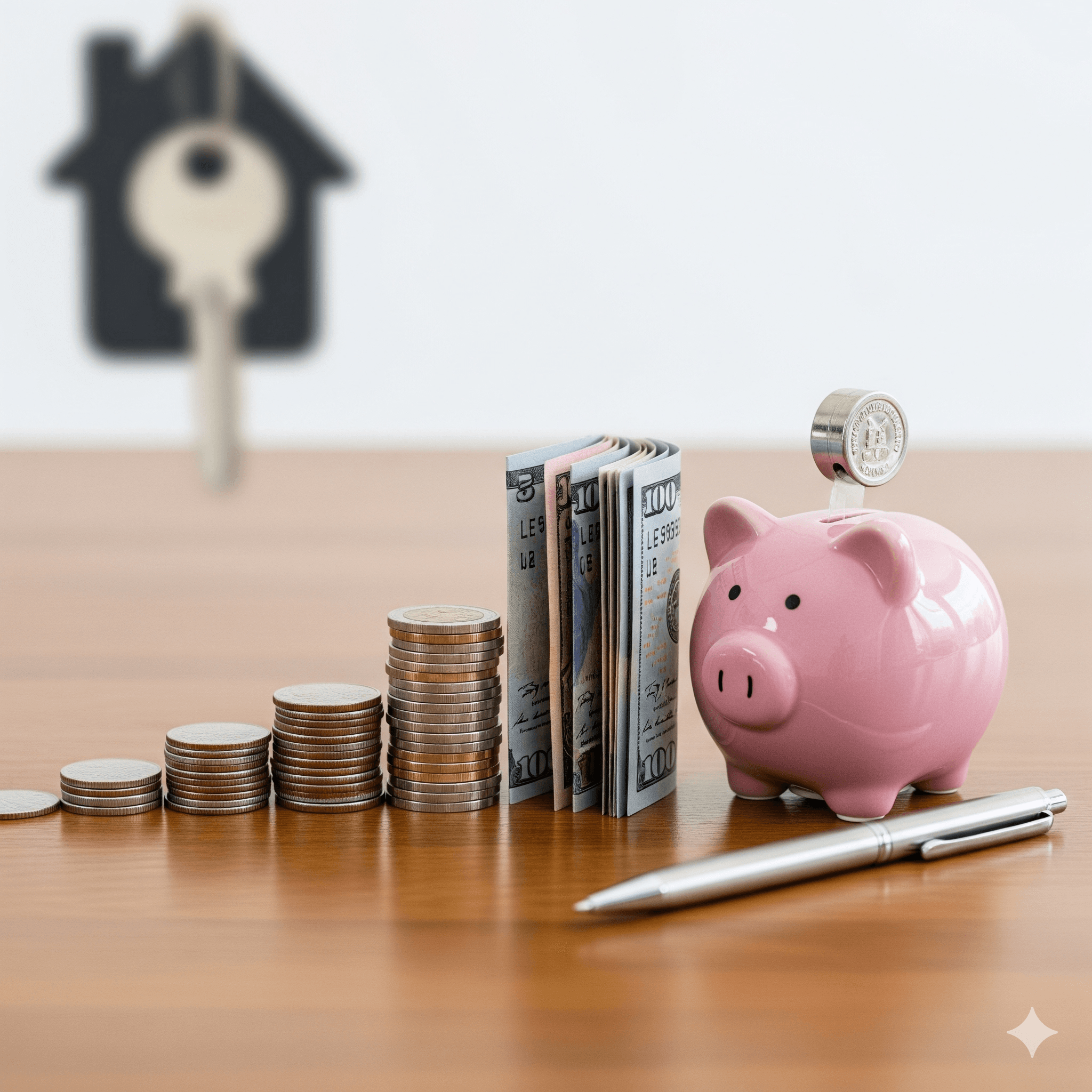When Is the Best Time to Sell Your Home? Market Timing Explained
Discover the ideal time to sell your home by understanding market cycles, interest rate trends, and seasonal buyer behavior. Learn how to time your sale for maximum profit and faster deals.

Selling your home is one of the most important financial decisions you’ll make, and timing plays a crucial role in getting the best results. While pricing and presentation matter, knowing when to sell can help you attract more buyers, close deals faster, and secure better offers. This guide explores how market trends, interest rates, and seasonal factors can influence the best time to sell your home.
1. Seasonal Trends: The Best Time of Year to Sell
Real estate activity often fluctuates throughout the year. Understanding these seasonal patterns can help you list your property strategically.
- Spring (March–June): The most active period for home sales. Pleasant weather, good lighting, and the end of the school year encourage families to move. Expect high demand and competitive offers.
- Summer (July–September): Urban markets remain active, but vacations and monsoons in India can slightly slow buyer interest.
- Autumn (October–November): Festive seasons like Diwali and Dussehra bring strong buyer sentiment, making it a favorable time to sell homes.
- Winter (December–February): A slower phase due to holidays, but serious buyers are more motivated to close deals quickly.
2. Market Conditions: Seller’s vs. Buyer’s Market
The broader market cycle can significantly impact how long it takes to sell your home and at what price.
- Seller’s Market: High demand and limited inventory lead to faster sales and higher prices. Ideal time to list your home.
- Buyer’s Market: Oversupply reduces competition among buyers, which can lead to longer listing times and price negotiations.
Monitoring local housing trends, property demand, and inventory levels can help identify whether it’s a seller’s or buyer’s market.
3. The Role of Interest Rates
Interest rates directly affect buyer affordability. When rates are low, more people qualify for loans, boosting home purchases. Conversely, high interest rates make EMIs expensive, reducing buyer activity. If rates are expected to rise, selling sooner may help you attract more buyers before affordability declines.
4. Local Factors and Economic Indicators
Property markets can vary widely between cities, even neighborhoods. Keep an eye on:
- Infrastructure Developments: New highways, metro lines, or schools can increase local property demand.
- Employment Trends: Job growth in nearby business hubs often boosts real estate demand.
- Government Policies: Tax incentives or housing subsidies can influence buyer decisions.
5. Personal Readiness to Sell
Beyond market timing, your personal situation matters too. Evaluate your financial goals, relocation plans, and equity position before listing. If you’ve built enough equity and are ready to move, the right timing can amplify your profits.
6. Strategies for Maximizing Sale Value
- Enhance curb appeal with simple repairs and professional cleaning.
- Use quality photos and virtual tours to attract online buyers.
- Price your property competitively after studying local listings.
- Leverage festive or low-interest-rate periods for marketing your home.
Conclusion
There’s no universal “perfect” time to sell your home — but understanding market timing helps you make data-driven decisions. Generally, spring and festive months tend to favor sellers, while low interest rates drive buyer enthusiasm. Combining the right timing with smart pricing and presentation can help you achieve a quicker sale and maximize your returns. Stay informed with Nimokey for expert insights into property trends, selling strategies, and home loan analysis in 2025.
About Ayushi Payal
Real estate expert with over 10 years of experience helping clients navigate the property market. Specializing in selling tips and market analysis.



































































































